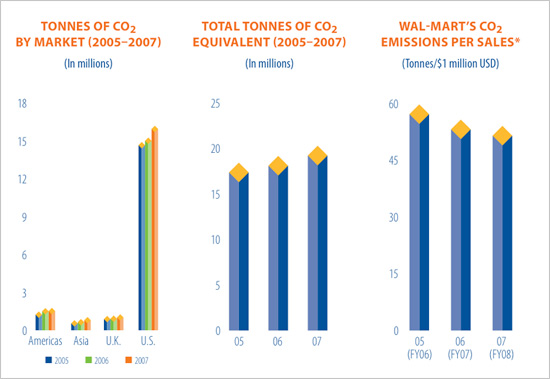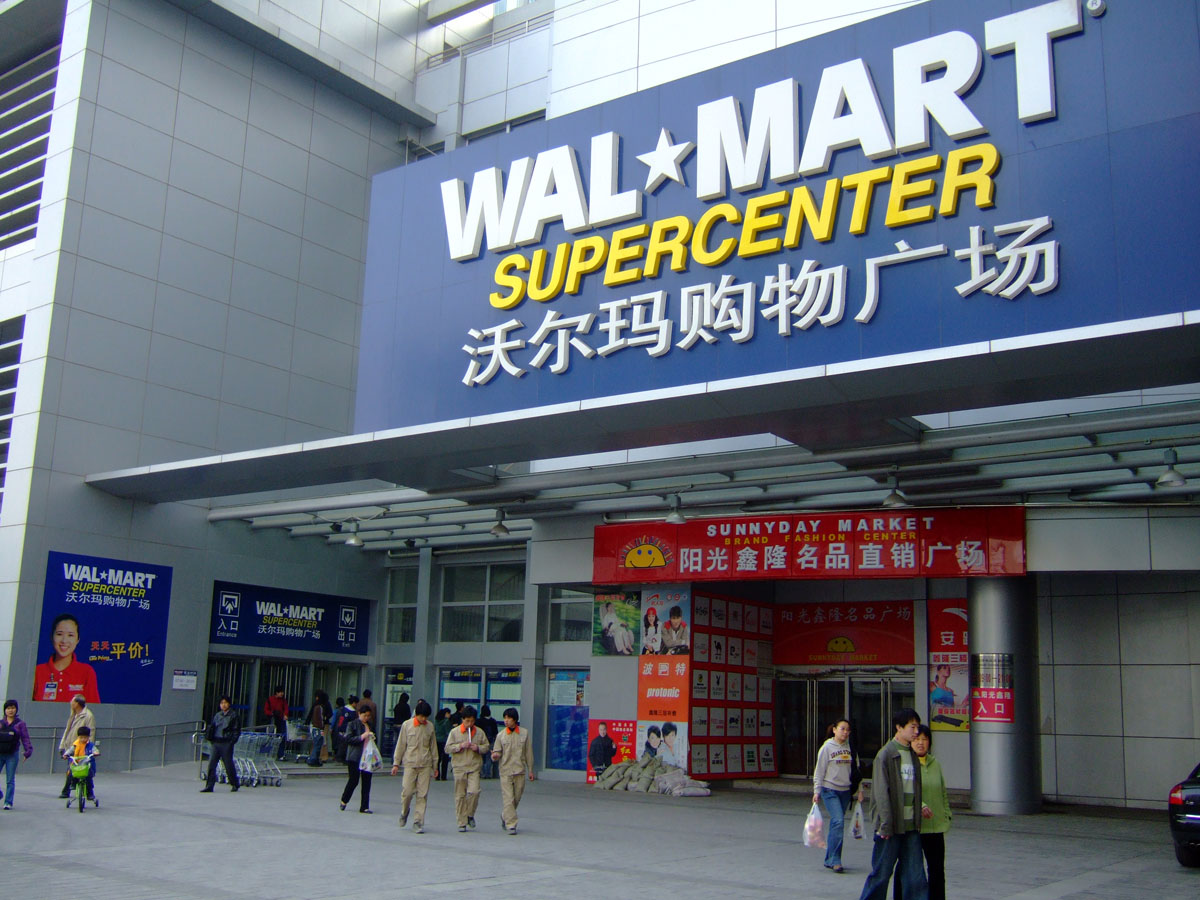As we have many times discussed the rising popularity of social media networks and technological advancement of all industries, along with these is more openness and transparency. Networks like Facebook, Twitter, and LinkedIn have become so integrated with how we interact with others, both in our personal lives and business, that we are now accustomed to, and even expect, to have access to what everyone is up to and letting others know about us. As communication is becoming faster, wider, and easier, people seem to be less concerned about invasion of privacy, or at least there is now a whole new set of standards.
Cast of Kell on Earth via: Pop Tower
In turn, this mentality has affected every industry in the way companies market themselves and interact with their customers. The fashion industry has become more open with what goes "behind-the-scenes"
as fashion-related reality TV shows have increased in popularity with new shows coming up every year, like this year's newest hits Kell on Earth and Launch My Line. There is also more openness in the retail segment. Last year, the always forward Opening Ceremony created a blog, giving a behind-the-scenes knowledge of their staff, collections, and personal interests. And more recently, J. Crew began sharing a selection of clothing handpicked by their creative director, giving a more personal shopping experience to their clients, as well as interviews with their favorite muses, sharing who and what inspires them.
via: J. Crew
In addition, there is also a growing number of websites designed exclusively to review a product or company. Trip Advisor, for example, is one of the most popular and trusted travel review sites today, boasting with over 30 million reviews on more than 490,000 hotels and attractions, with over 45 million monthly visitors. Yelp, attracting 26 million monthly visitors with over 9 million local reviews, has also become the go-to site to review practically anything in any US city, whether it's which restaurant to dine at, which mall to shop, or which dentist to go to. But there are also more specific review sites like MakeupAlley.com, dedicated to reviewing beauty products, or MySears.com, focused solely on reviewing Sears products.
As we live in a globally connected society where communication is all about real time, the future of any industry is all about having real conversations with their customers and knowing how to best respond to it. Simply put, consumers are better educated, and they want to know more. As more information is available, people are more interested in the bigger picture of things as it is no longer just about the final product. A company's stance on health, social, ethical, and eco responsibility all have a say in the final purchase.
There are now many tools designed to help support this. Shopsavvy, an Android app, allows one to scan almost any barcode using the phone's camera, and it will then search over 20,000 online and local retailers to find the best price. Fatburgr, a website and iPhone application, allows one to search the nutritional facts of almost every fast-food restaurant. One of our favorites is the GoodGuide, a website and iPhone application providing information for the eco-conscious consumer, evaluating the life cycle of over 70,000 products. Project Label is another, creating "people-powered company nutrition labels", showing a company's social and environmental impact. Using the power of the web, the site allows consumers, businesses, and organizations to add, discuss, and vote on credible news, media, and research to help build these labels.
With websites and tools like these, it is only more beneficial for companies to be more transparent about their business practices and take more responsibility. As there is a growing number of websites such as these, there is very little room to hide and much less space for error.
And since we've mentioned Walmart in our previous post, we want to point out that last July, they announced plans to develop a sustainable product index, evaluating the sustainability of all their products. Beginning with a survey of its more than 100,000 suppliers, they plan to focus on four specific areas: energy and climate; material efficiency; natural resources, and; people and community. Walmart's president and CEO has a clear vision of the future, stating, "[Customers] want information about the entire life cycle of a product so they can feel good about buying it. They want to know that the materials in the product are safe, that it was made well and that it was produced in a responsible way. We do not see this as a trend that will fade. Higher customer expectations are a permanent part of the future."
We can't help but agree more. As transparency becomes more in demand, tools that help sustainable consumption is integral. And overall, it's becoming more difficult to separate technology with sustainability as the two are extremely interlinked. In order for brands and products to succeed today, overcoming scrutiny and withstanding a society that demands so much, companies must think more strategically; and that means being more engaged with their customers, being more honest, and ultimately being more responsible.





























